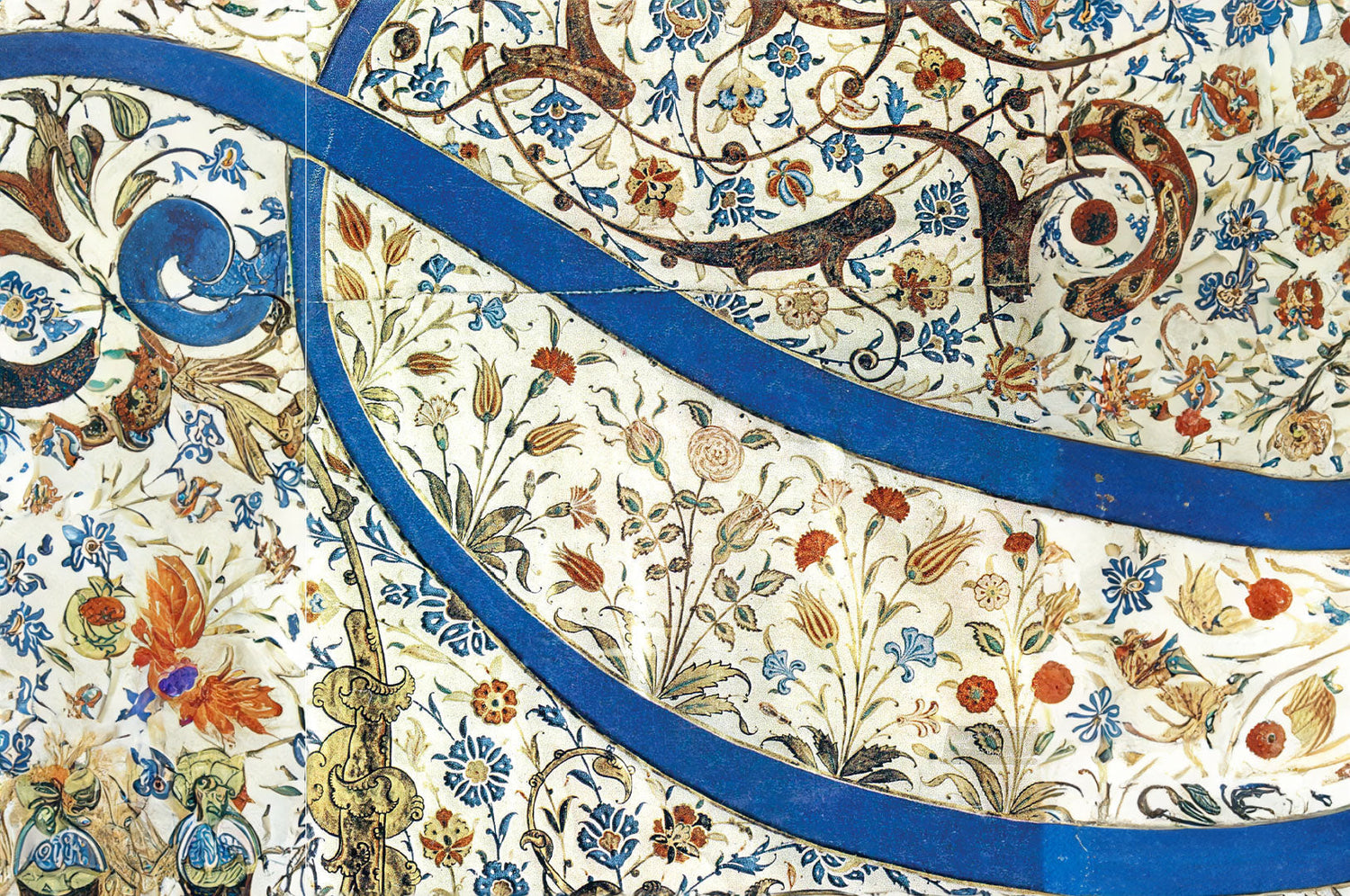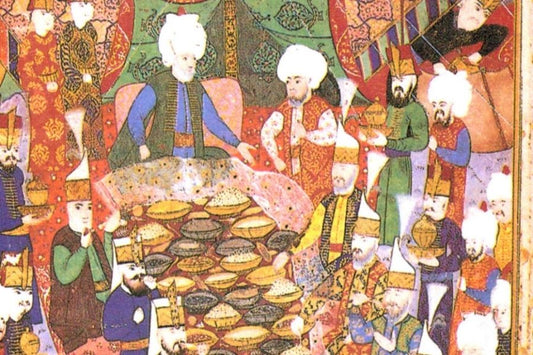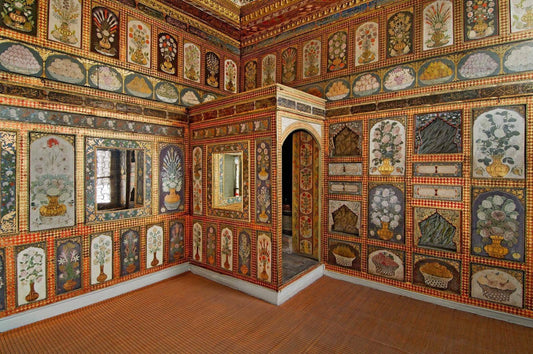Iznik tiles are a unique reflection of history and culture. The evolution of this art form over time has led to the emergence of various styles and idioms. One such style is the "Four Flower Style." The colored-glaze tiles of the Şehzade Mehmet Tomb are striking examples of the reed leaf and rosette styles of tile art. However, in the second half of the 16th century, a more naturalistic style called the "Four Flower Style" developed. These flowers included tulips, hyacinths, roses, and carnations. The first tulip depicted on tiles appears on a colored-glaze panel in the Şehzade Mehmet Tomb.
The Black Meme and Its Innovative Perspective
It is known that Kara Memi was the person who developed the 'Four Flower Style.' Records in the Topkapı Palace Museum Archives indicate that Kara Memi served as an illuminator and painter at the palace and was alive during the reign of Selim II. Kara Memi's contribution to the patterns consisted of collecting the bud flowers found in earlier Ottoman decoration and re-displaying them as fully blossomed branches emerging from a cluster of grasses. His style, known by his name in illumination, emphasizes axial compositions, and these compositions are often enclosed within small panels.
The flowers are drawn in proportion to their natural size, which explains why the reed leaf and rosette styles in his art were preferred for multi-part compositions, while naturalistic flowers were used as supporting motifs or small-scale repetitions. However, scale was not a problem in ceramics, and ceramic masters quickly adopted the style. The direction and simplicity of the style defined the ceramic painter's point. They arranged the flowers and stems according to the size of the container and filled in the remaining spaces later. This meant that the time and attention required for applying the Baba Nakkaş style was not as demanding for this style.
Natural Reality and the Black Meme
The Kara Memi style exhibited a more subtle realism in its floral painting than the Shah Kulu style. Shah Kulu's style was of Persian origin, while Kara Memi's was Ottoman. Another motif favored by Kara Memi and his students was the blossoming spring and plum blossom. The Ottomans had adopted the spring tree as a decorative motif from China via Persia, along with the bamboo and pine tree, often known as the "three friends of winter," forming a trio symbolizing virginity.
The spring tree motif played a significant role in Islamic and Ottoman art. It is known that this motif first appeared in Islamic paintings in the 14th century and was first used in Ottoman art in the "40 Hadith" manuscript dedicated to Prince Mehmet. Tile panels with the spring tree theme were placed in prominent locations, often carrying symbolic significance, from the 1550s to the mid-1570s. These panels can be seen particularly in the Hürrem Sultan and Rüstem Pasha Tombs, as well as the Selimiye and Sokollu Mehmet Pasha Mosques in Edirne (Source: 'İznik' - Nurhan Atasoy and Julian Raby).
So, how about discovering the unparalleled beauty and unique artistic qualities of Iznik tiles, steeped in history? Click here to browse our collection of Iznik tile plates to discover the most unique Iznik tile designs and learn more about this unique art form. Own this unique piece of history and art!




